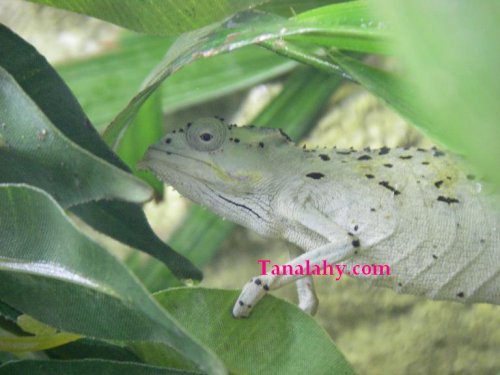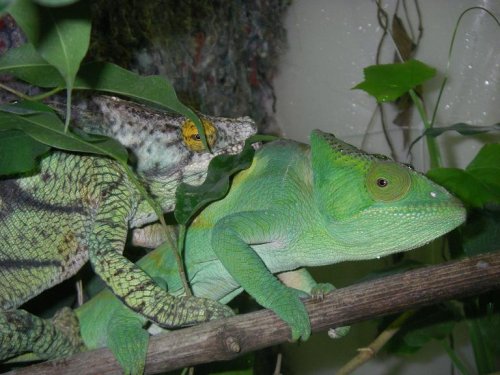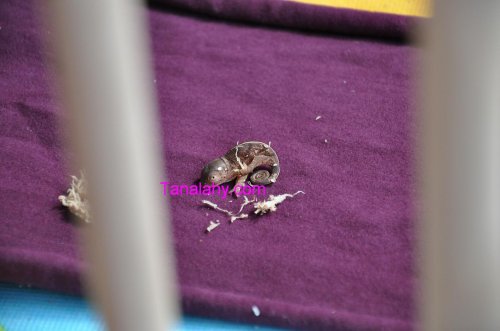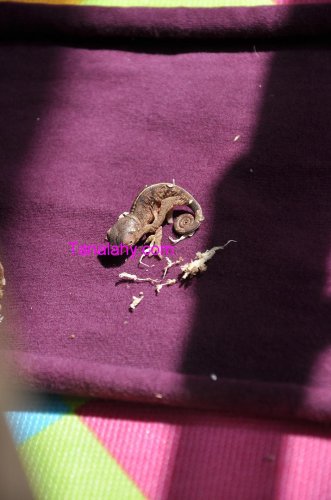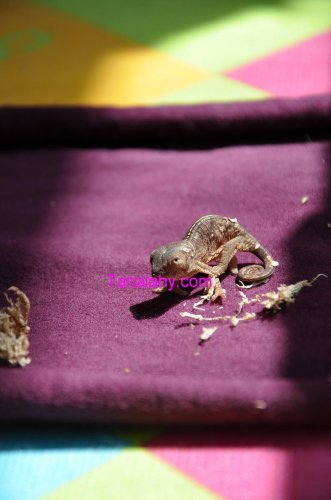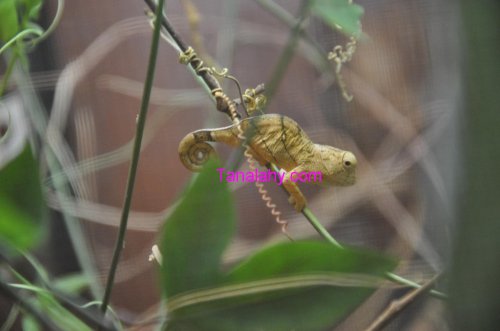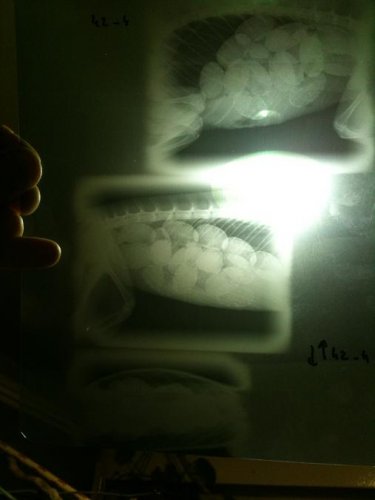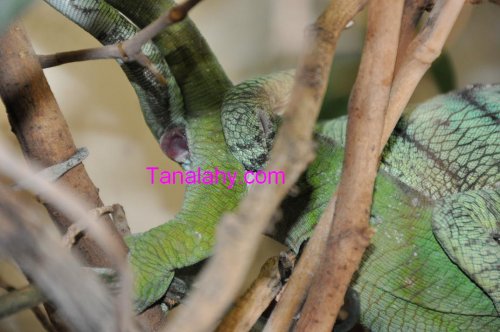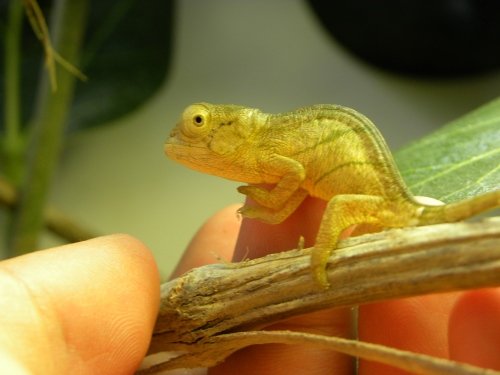gneuz
New Member
Thank you very much, hoping that you're right=)
some pictures of what we have at home right now(sory some of them are taged but i'm to lazy for researching the clean one=))
trying to show you that we dont only have "weird" animals =)
thank you again
some pictures of what we have at home right now(sory some of them are taged but i'm to lazy for researching the clean one=))
trying to show you that we dont only have "weird" animals =)
thank you again

